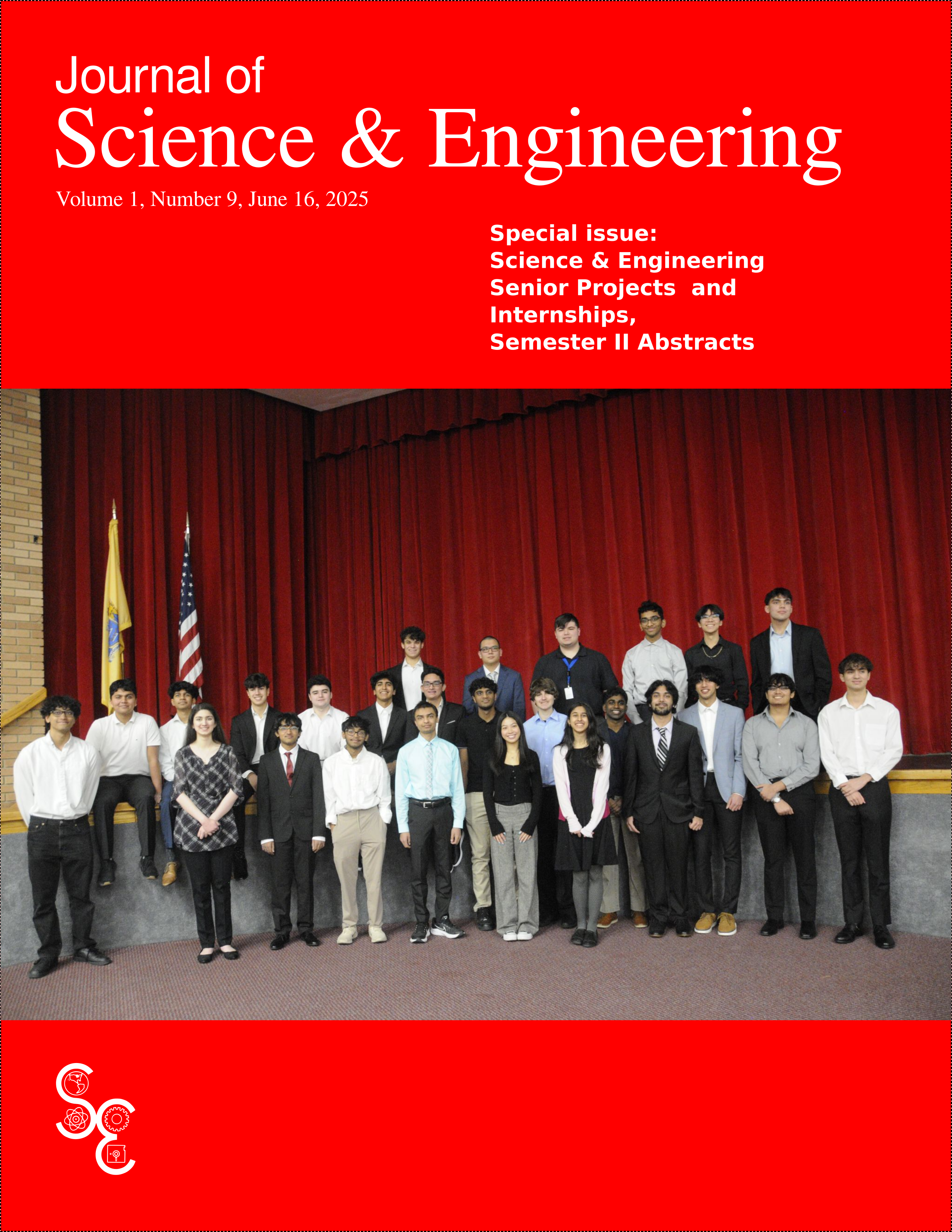5G Edge cloud application
Keywords:
5G Edge computing, vehicle-to-vehicle communication, autonomous vehicles, real-time data, MQTT, low latency, traffic safety, OBD-II emulator, collision avoidance, connected vehicles, intelligent transportation systems, Docker deploymentAbstract
This project investigates the potential of 5G Edge computing to improve vehicular safety through ultra-low latency communication and real-time data processing. With human error accounting for the majority of traffic accidents, our system leverages the proximity of edge servers to 5G base stations to transmit critical vehicle telemetry between nearby cars using MQTT protocols and Docker-based deployment. We designed and tested two key safety scenarios—following vehicle and head-on collision detection—demonstrating reliable, low-latency performance under simulated conditions using OBD-II emulators. Our work also includes a documented framework for scalable deployment and real-time data streaming. Looking forward, we aim to integrate machine learning for predictive maneuvers such as lane changes and environmental adaptation, enhancing the system's robustness in complex traffic environments.
Downloads
Published
Issue
Section
License
Copyright (c) 2025 Journal of Science & Engineering

This work is licensed under a Creative Commons Attribution-NonCommercial 4.0 International License.





